| Weight | 147.13 g/mol |
|---|---|
| Formula | C5H9NO4 |
| Hydrogen Acceptors | 3 |
| Hydrogen Donors | 3 |
| Aromatic Rings | 0 |
| Rotatable Bonds | 4 |
N-methyl-D-aspartic acid (6384-92-5)
 Score:
#798 in Neuroscience
,
#3500 in Biology
,
#4377 in Chemistry
Score:
#798 in Neuroscience
,
#3500 in Biology
,
#4377 in Chemistry
"What do you need help with?"

 LabBot
LabBot
- Sigma-Aldrich - N-methyl-D-aspartic acid46.00 - 805.00 USD
- Fisher Scientific - Search for N-methyl-D-aspartic acid
- TCI - N-methyl-D-aspartic acid84.00 - 529.00 USD
- The induction and maintenance of central sensitization is dependent on N-methyl-d-aspartic acid receptor activation; implications for the treatment of post-injury pain hypersensitivity states (Pain, 1991)
- N-methyl-D-aspartic acid receptor structure and function (Physiological Reviews, 1994)
- Permeation and block of N-methyl-D-aspartic acid receptor channels by divalent cations in mouse cultured central neurones. (The Journal of Physiology, 1987)
- A glycine site associated with N-methyl-D-aspartic acid receptors: characterization and identification of a new class of antagonists. (Journal of Neurochemistry, 1989)
- PSD-95 assembles a ternary complex with the N-methyl-D-aspartic acid receptor and a bivalent neuronal NO synthase PDZ domain. (Journal of Biological Chemistry, 1999)
- Relief of post-herpetic neuralgia with the N-methyl-D-aspartic acid receptor antagonist ketamine: a double-blind, cross-over comparison with morphine and placebo. (Pain, 1994)
-
Predict GHS Hazards for Any Chemical in silico.
Including Acute Oral Tox, Skin Sensitization, Eye Irritation, Aquatic Tox, & more. -
SMILESCNC(CC(=O)O)C(=O)O
-
InChIKeyHOKKHZGPKSLGJE-UHFFFAOYSA-N
- Pubchem - N-methyl-D-aspartic acid
- Wikipedia - N-methyl-D-aspartic acid
N-Methyl-D-aspartic acid or N-Methyl-D-aspartate (NMDA) is an amino acid derivative that acts as a specific agonist at the NMDA receptor mimicking the action of glutamate, the neurotransmitter which normally acts at that receptor. Unlike glutamate, NMDA only binds to and regulates the NMDA receptor and has no effect on other glutamate receptors (such as those for AMPA and kainate). NMDA receptors are particularly important when they become overactive during withdrawal from alcohol as this causes symptoms such as agitation and, sometimes, epileptiform seizures.
Suppliers
Most-cited Publications
Areas of Application
Safety
Alternate Names
External Links
Synthesis
Similar Compounds
2-Methylsuccinic acid
(498-21-5)
1 alternate name
3 suppliers
Itaconic acid
(97-65-4, 25119-64-6)
1 alternate name
1 safety hazard
3 suppliers
ETHYLMALONIC ACID
(601-75-2)
1 alternate name
3 suppliers
2-METHYLGLUTARIC ACID
(18069-17-5, 617-62-9)
1 alternate name
3 suppliers
Glutaconic acid
(628-48-8, 505-36-2, 1724-02-3)
1 alternate name
3 suppliers
3-METHYLGLUTARIC ACID
(626-51-7)
1 alternate name
3 suppliers
adipic acid
(124-04-9, 25666-61-9)
1 alternate name
3 safety hazards
3 suppliers
3,3'-Thiodipropionic acid
(111-17-1)
1 alternate name
2 safety hazards
3 suppliers
2,2-DIMETHYLSUCCINIC ACID
(597-43-3)
1 alternate name
3 suppliers
Creatine monohydrate
(6020-87-7, 57-00-1, 6020-87-7)
1 alternate name
3 suppliers
Octanedioic acid
(68937-72-4, 505-48-6)
1 alternate name
3 suppliers
oxalacetic acid
(328-42-7)
1 alternate name
3 suppliers
3-Methyl-2-oxovaleric acid
(1460-34-0, 39748-49-7)
1 alternate name
3 suppliers
2-Methylbutyrylglycine
(52320-67-9)
1 alternate name
3 suppliers
2-Oxopentanoic acid
(1821-02-9)
1 alternate name
3 suppliers
3-Ureidopropionic acid
(462-88-4)
1 alternate name
3 suppliers
Daminozide
(1596-84-5)
1 alternate name
3 suppliers
N-NITROSOSARCOSINE
(13256-22-9)
1 alternate name
1 safety hazard
3 suppliers
Thiodiglycolic acid
(123-93-3)
1 alternate name
3 suppliers
1,2-Diacetoxypropane
(623-84-7)
1 alternate name
3 suppliers
N-Acetyl-L-aspartic acid
(997-55-7)
1 alternate name
3 suppliers
D-Glyceric acid
(6000-40-4, 473-81-4)
1 alternate name
3 suppliers
2,3-HEXANEDIONE
(3848-24-6)
1 alternate name
3 suppliers
IMINODIACETIC ACID
(142-73-4)
1 alternate name
3 suppliers
N-Isovaleroylglycine
(16284-60-9)
1 alternate name
3 suppliers
Adipamide
(628-94-4)
1 alternate name
3 suppliers
Succinic semialdehyde
(692-29-5)
1 alternate name
3 suppliers
3-oxobutan-2-yl acetate
(4906-24-5)
1 alternate name
3 suppliers
1,4-CYCLOHEXANEDICARBOXYLIC ACID
(619-82-9, 619-81-8, 1076-97-7)
1 alternate name
3 suppliers
4-Hydroxybutyric acid
(52352-27-9, 591-81-1)
1 alternate name
3 suppliers
ACETIC ANHYDRIDE
(108-24-7)
1 alternate name
6 safety hazards
3 suppliers
2-HYDROXYPROPYL ACRYLATE
(32029-53-1, 25584-83-2, 999-61-1)
1 alternate name
6 safety hazards
3 suppliers
2-ETHYLHEXANOIC ACID
(56006-48-5, 149-57-5, 125804-07-1, 61788-37-2)
1 alternate name
5 safety hazards
3 suppliers
Pivalic acid
(75-98-9)
1 alternate name
3 safety hazards
3 suppliers
2-PENTYL ACETATE
(626-38-0, 53496-15-4)
1 alternate name
4 safety hazards
3 suppliers
PROPIONIC ANHYDRIDE
(123-62-6)
1 alternate name
4 safety hazards
3 suppliers
2,3-PENTANEDIONE
(600-14-6)
1 alternate name
3 suppliers
BUTYRIC ANHYDRIDE
(106-31-0)
1 alternate name
3 safety hazards
3 suppliers
dimethyl dicarbonate
(4525-33-1)
1 alternate name
3 suppliers
METHYL LACTATE
(2155-30-8, 547-64-8)
1 alternate name
2 safety hazards
3 suppliers
ethyl acetoacetate
(141-97-9)
1 alternate name
1 safety hazard
3 suppliers
2,3-Dihydroxypropyl acetate
(106-61-6, 1335-58-6, 26446-35-5)
1 alternate name
3 suppliers
3-hydroxybutyric acid
(625-71-8, 300-85-6, 26063-00-3)
1 alternate name
3 suppliers
DIACETYL PEROXIDE
(110-22-5)
1 alternate name
3 suppliers
2-Aminohexanedioic acid
(542-32-5)
1 alternate name
3 suppliers
(R)-3-Hydroxybutanoic acid
(625-72-9)
1 alternate name
3 suppliers
Isopropyl butyrate
(638-11-9)
1 alternate name
1 safety hazard
3 suppliers
trans,trans-Muconic acid
(505-70-4, 3588-17-8)
1 alternate name
3 suppliers
26543-05-5
(2068-83-9, 26543-05-5)
1 alternate name
3 suppliers
Isobutyl hexanoate
(105-79-3)
1 alternate name
3 suppliers
3-Hydroxybenzoic acid
(99-06-9, 10476-50-3)
1 alternate name
3 suppliers
ISOPROPYL ISOBUTYRATE
(617-50-5)
1 alternate name
3 suppliers
CAS Directory

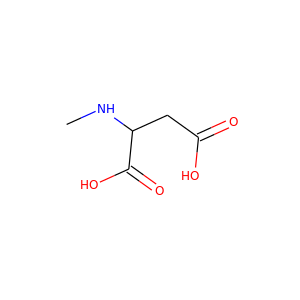
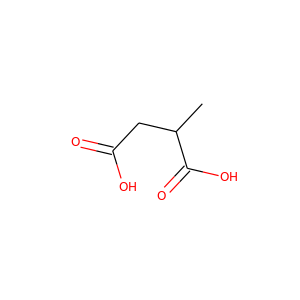
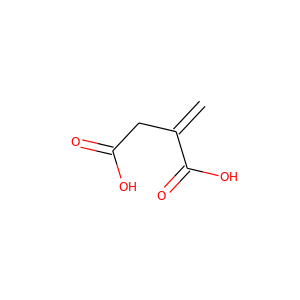

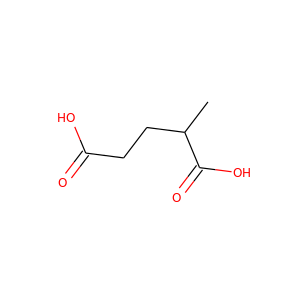
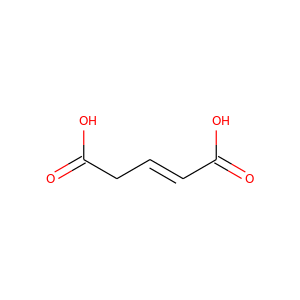
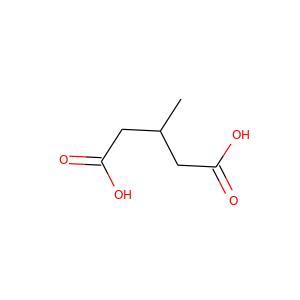
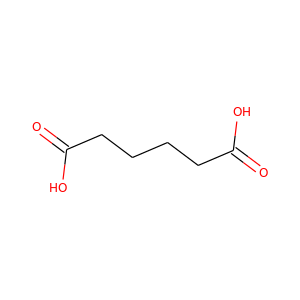
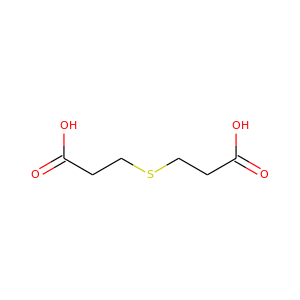
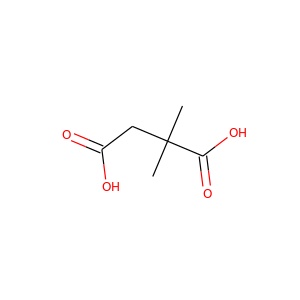
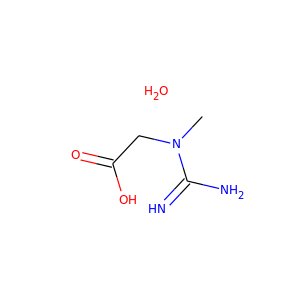
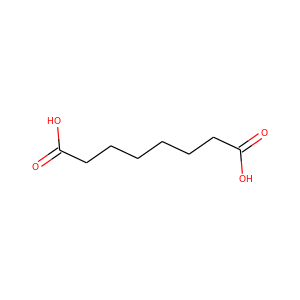
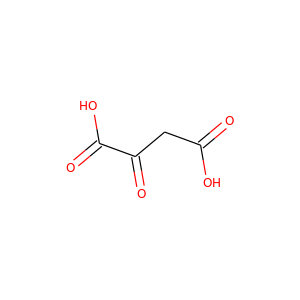
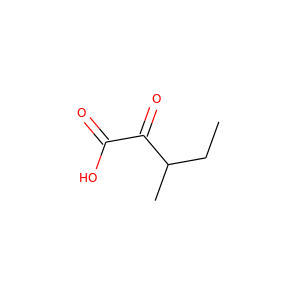
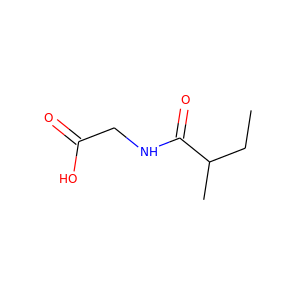
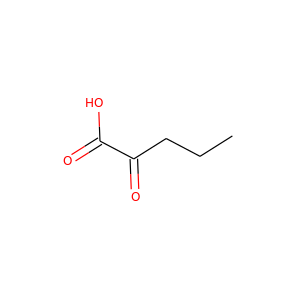
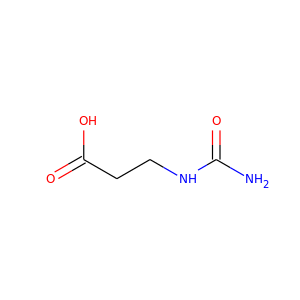
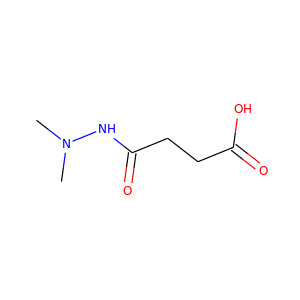
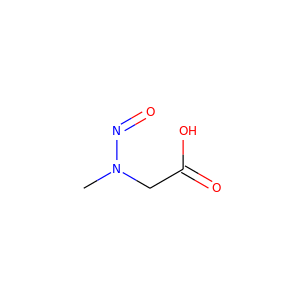
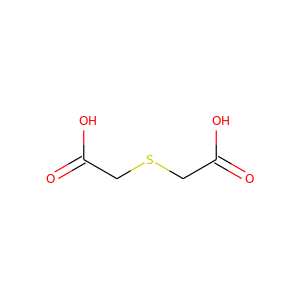
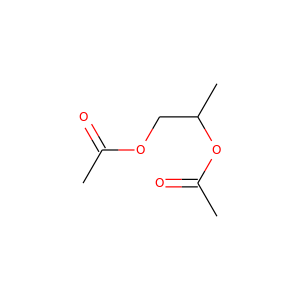
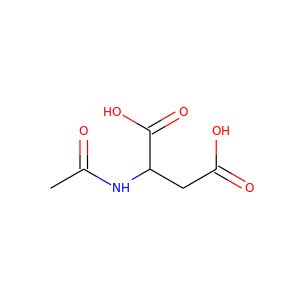
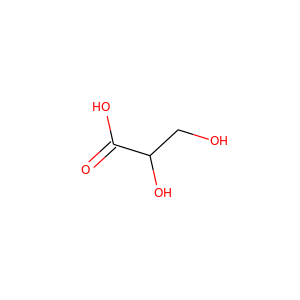
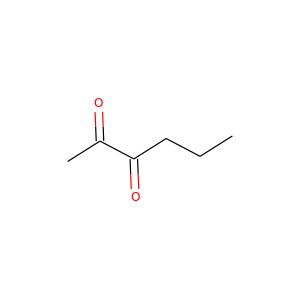
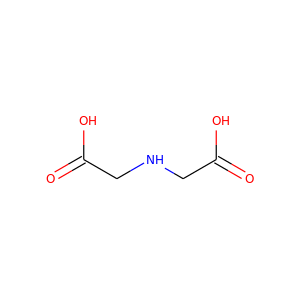
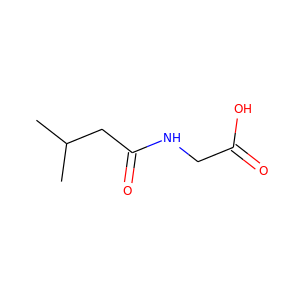
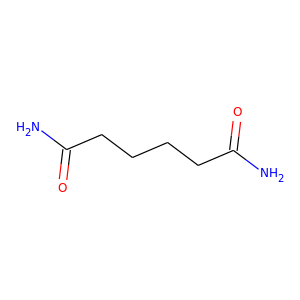
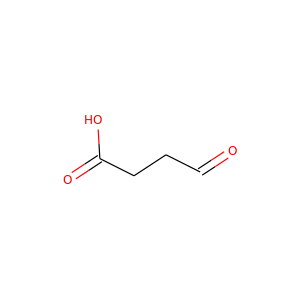
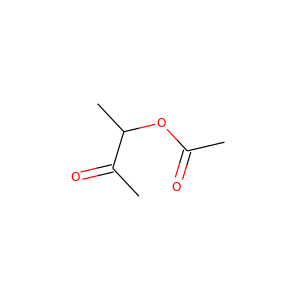
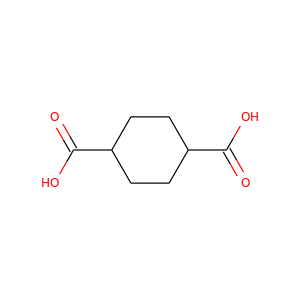
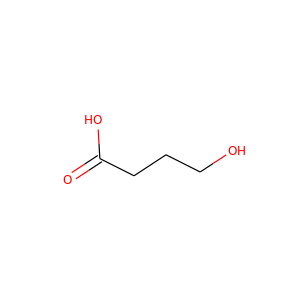
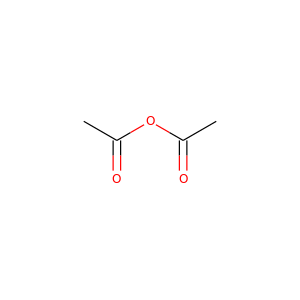
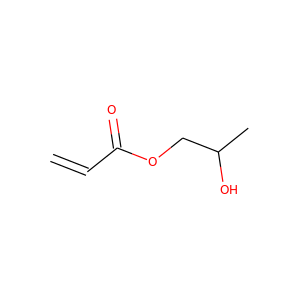
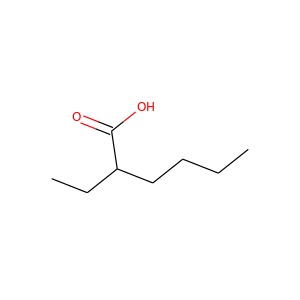
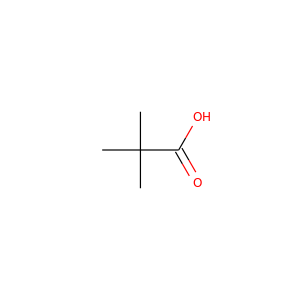
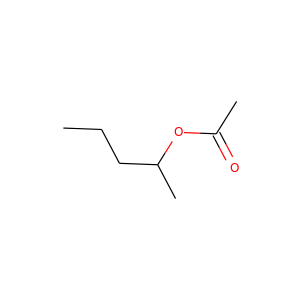
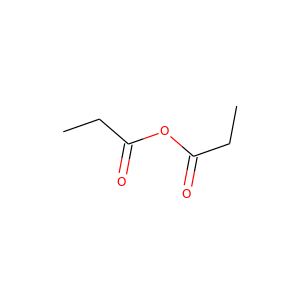
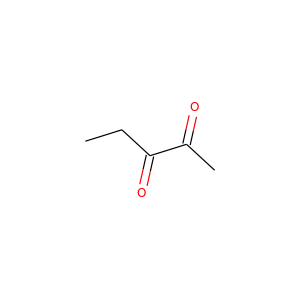
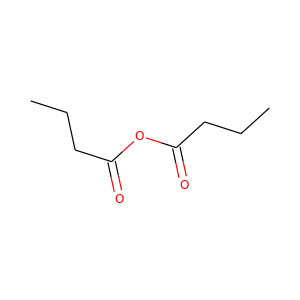
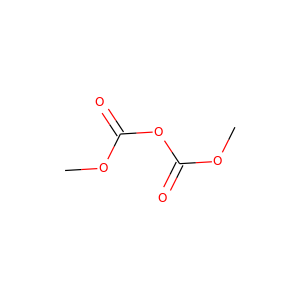
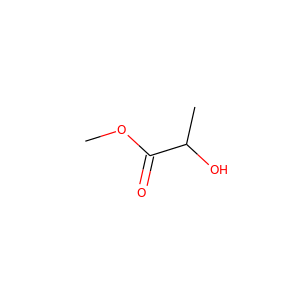
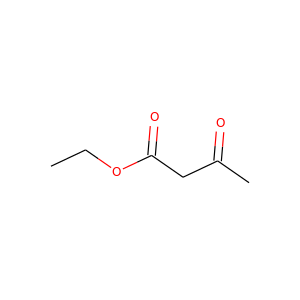
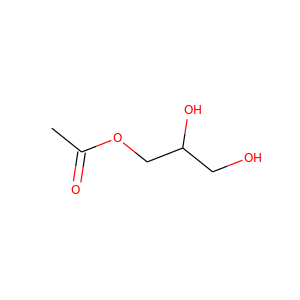
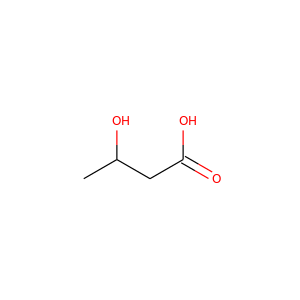
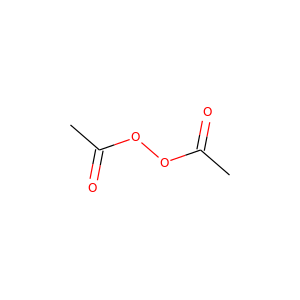
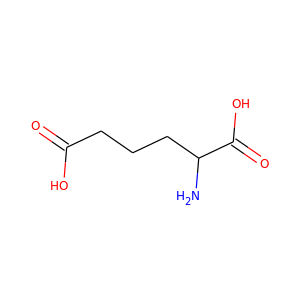
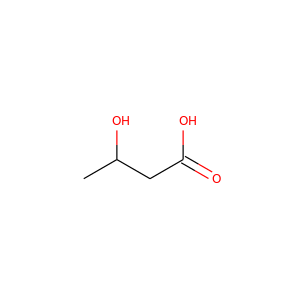
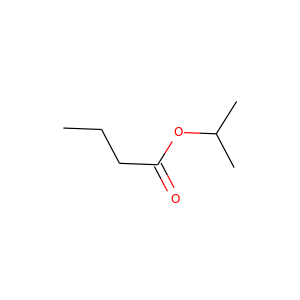
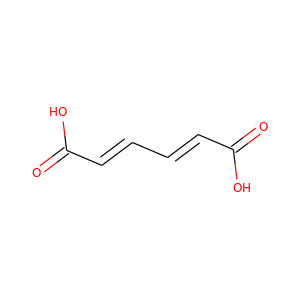
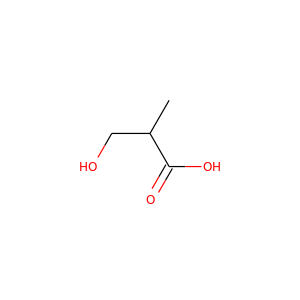
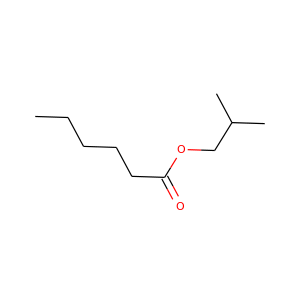
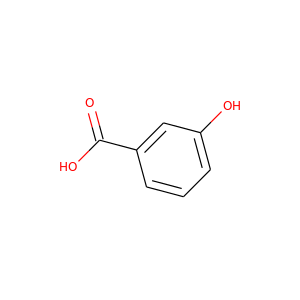
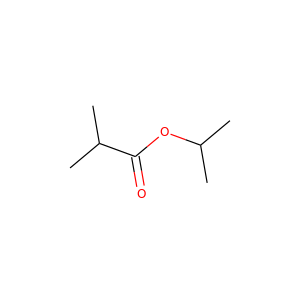

 N-methyl-D-aspartic acid
N-methyl-D-aspartic acid
